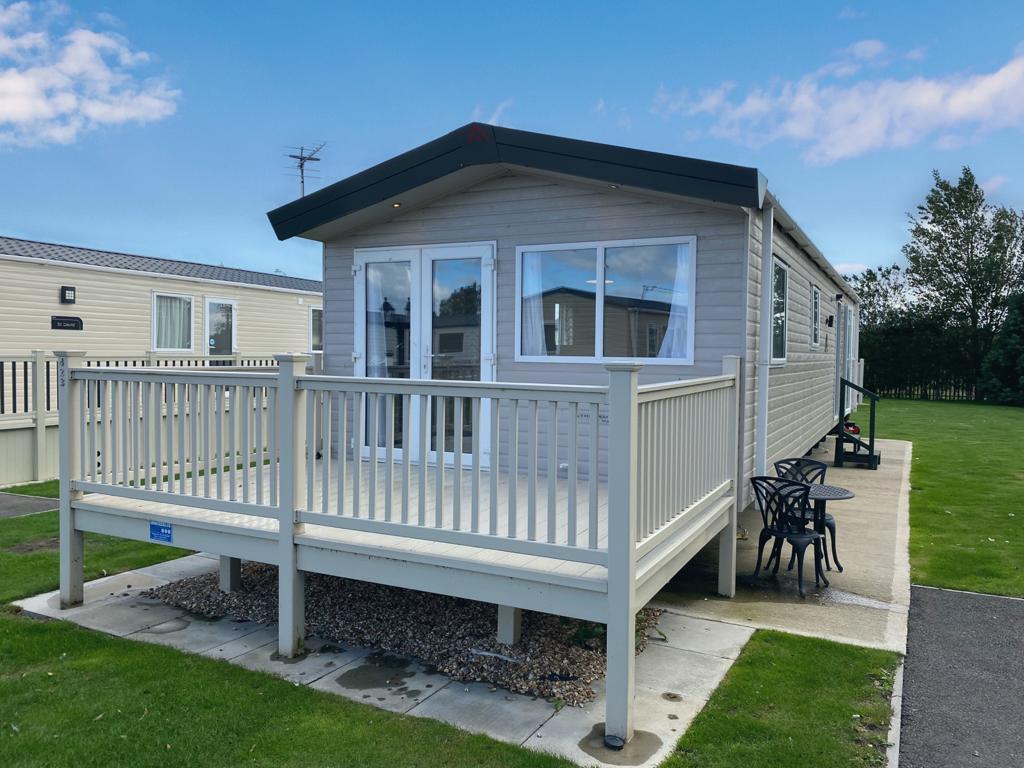Understanding Prefabricated Light Gauge Steel Buildings: A Modern Solution for Construction
Jun 09,2025

Prefabricated light gauge steel buildings are revolutionizing the way we approach construction. These structures utilize lightweight steel components that are pre-manufactured in a factory setting, allowing for quick assembly on-site. This method contrasts with traditional construction, where materials are typically cut and assembled directly at the building site. The prefabrication process not only enhances efficiency but also minimizes waste and improves quality control.
One of the primary advantages of prefabricated light gauge steel buildings is their rapid construction timeline. Since components are fabricated in a controlled environment, weather-related delays are significantly reduced. Builders can expect shorter project timelines, which translates to quicker occupancy and faster returns on investment. Additionally, the lightweight nature of the steel makes it easier and safer to handle, further speeding up the assembly process.
Durability is another key feature of these buildings. Light gauge steel is resistant to many common issues that plague traditional construction materials, such as rot, pests, and extreme weather conditions. This resilience ensures that structures maintain their integrity over time, offering long-term benefits for owners and occupants alike.
The versatility of prefabricated light gauge steel buildings is noteworthy. They can be designed for various applications, including residential homes, commercial spaces, and industrial warehouses. Their adaptability makes them suitable for a wide range of architectural styles, allowing architects and builders to unleash their creativity while adhering to modern building codes and standards.
Sustainability is an ever-growing concern in the construction industry, and prefabricated light gauge steel buildings align well with eco-friendly practices. Steel is recyclable, and the prefabrication process generates less waste compared to traditional building methods. Moreover, energy-efficient designs can be easily incorporated into these structures, helping to reduce the overall environmental footprint.
Cost-effectiveness is also a critical consideration for builders and developers. While the initial investment in prefabricated light gauge steel buildings may vary, the long-term savings associated with reduced construction time, lower labor costs, and decreased maintenance requirements make them a compelling option.
In conclusion, prefabricated light gauge steel buildings represent a modern and efficient solution within the construction industry. Their rapid assembly, durability, versatility, and sustainability make them an attractive choice for various projects. As the construction landscape continues to evolve, embracing innovative methods like this could lead to more efficient, cost-effective, and environmentally friendly building practices. If you're considering a construction project, exploring the benefits of prefabricated light gauge steel buildings may provide valuable insights and advantages.
One of the primary advantages of prefabricated light gauge steel buildings is their rapid construction timeline. Since components are fabricated in a controlled environment, weather-related delays are significantly reduced. Builders can expect shorter project timelines, which translates to quicker occupancy and faster returns on investment. Additionally, the lightweight nature of the steel makes it easier and safer to handle, further speeding up the assembly process.
Durability is another key feature of these buildings. Light gauge steel is resistant to many common issues that plague traditional construction materials, such as rot, pests, and extreme weather conditions. This resilience ensures that structures maintain their integrity over time, offering long-term benefits for owners and occupants alike.
The versatility of prefabricated light gauge steel buildings is noteworthy. They can be designed for various applications, including residential homes, commercial spaces, and industrial warehouses. Their adaptability makes them suitable for a wide range of architectural styles, allowing architects and builders to unleash their creativity while adhering to modern building codes and standards.
Sustainability is an ever-growing concern in the construction industry, and prefabricated light gauge steel buildings align well with eco-friendly practices. Steel is recyclable, and the prefabrication process generates less waste compared to traditional building methods. Moreover, energy-efficient designs can be easily incorporated into these structures, helping to reduce the overall environmental footprint.
Cost-effectiveness is also a critical consideration for builders and developers. While the initial investment in prefabricated light gauge steel buildings may vary, the long-term savings associated with reduced construction time, lower labor costs, and decreased maintenance requirements make them a compelling option.
In conclusion, prefabricated light gauge steel buildings represent a modern and efficient solution within the construction industry. Their rapid assembly, durability, versatility, and sustainability make them an attractive choice for various projects. As the construction landscape continues to evolve, embracing innovative methods like this could lead to more efficient, cost-effective, and environmentally friendly building practices. If you're considering a construction project, exploring the benefits of prefabricated light gauge steel buildings may provide valuable insights and advantages.
PREVIOUS:
Contact Us
E-mail :
183597530@qq.com
WhatsApp:
+86-13810577811
Address:
No. 4 Fengzhi Road, Binhe New District, Baotou Rare Earth High tech Zone, Inner Mongolia Autonomous Region









